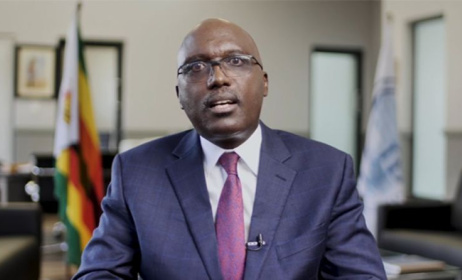ZICCO challenges status quo in Zim’s royalty distribution system
The Zimbabwe Council of Copyrights (ZICCO) has announced a bold move to reform royalty distribution in the country’s creative sector, aiming to rectify long-standing imbalances that have disadvantaged emerging artists.
 ZICCO is positioning itself as a fresh alternative, committed to fairness, transparency, and equal representation.
ZICCO is positioning itself as a fresh alternative, committed to fairness, transparency, and equal representation.
For years, the Zimbabwe Music Rights Association (ZIMURA) has operated as the sole collective management organisation (CMO) in the country, enjoying an unchallenged position in royalty administration. While ZIMURA has played a central role in managing copyright and royalty matters, its monopoly has also drawn criticism over allegations of opacity and favouritism in disbursement processes.
ZICCO is positioning itself as a fresh alternative, committed to fairness, transparency, and equal representation. From 30 May, all registered members will begin receiving a standard royalty payment of $50 under a new flat-rate model based on general music usage.
“This new model, effective from 30 May, is a game-changer,” ZICCO CEO Tafadzwa Masembura told local media. “It guarantees equitable sharing of royalties. Most of our collections are derived from general usage, where tracks are played randomly by businesses and event organisers. Until we have a detailed playlist-based system in place, we believe a flat-rate payment is the fairest approach.”
To ensure regular and timely pay-outs, Masembura confirmed that royalties will be distributed twice a year, in May/June and November/December. He emphasised that ZICCO’s system is built on collective trust and the need to eliminate bias in the industry.
“Our members are comfortable with this structure. No one should be short-changed for their contribution,” he said.
Masembura urged artists to complete their registration by 30 May 2025 in order to qualify for the upcoming distribution cycle. He also warned against dual membership, which he said undermines transparency and complicates the royalty allocation process.
“We encourage loyalty to one organisation. Dual membership only creates confusion and dilutes accountability. While US$50 may appear modest, it represents the beginning of a broader vision to create sustainable revenue streams and long-term value for our members,” he said.
Currently boasting around 2 000 members, ZICCO is still in the early stages of growth. However, its commitment to uniform royalty distribution has sparked discussion in the industry. Masembura acknowledged that while the flat-rate model may not be universally popular, it is a transitional mechanism designed to benefit as many creators as possible until more advanced, data-driven systems are developed.
As ZICCO makes its case for greater equity in Zimbabwe’s creative economy, the era of ZIMURA’s sole dominance may be nearing its end, ushering in a new phase of competition, accountability, and opportunity for artists across the spectrum.




























Comments
Log in or register to post comments